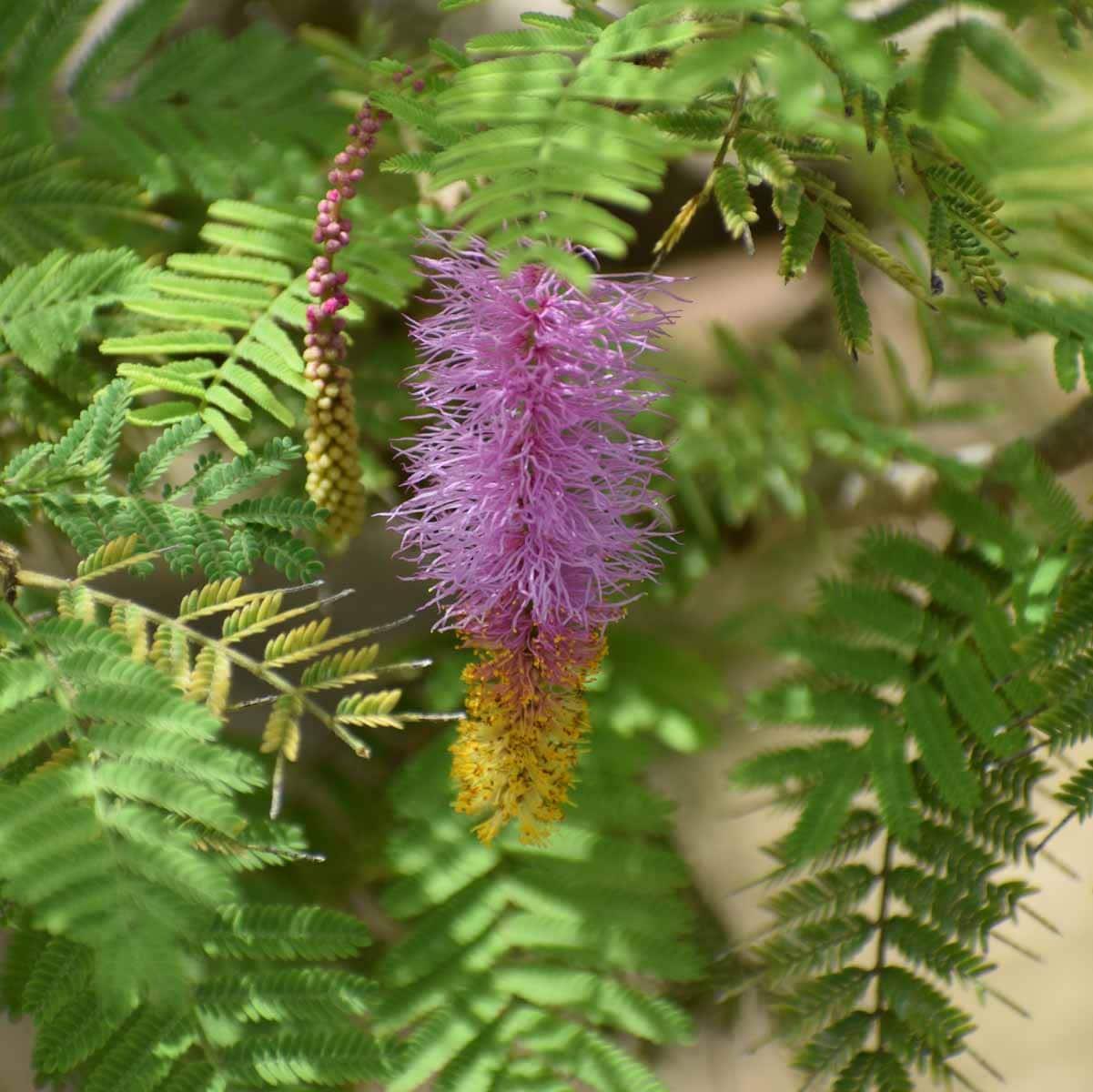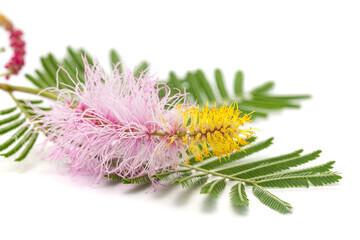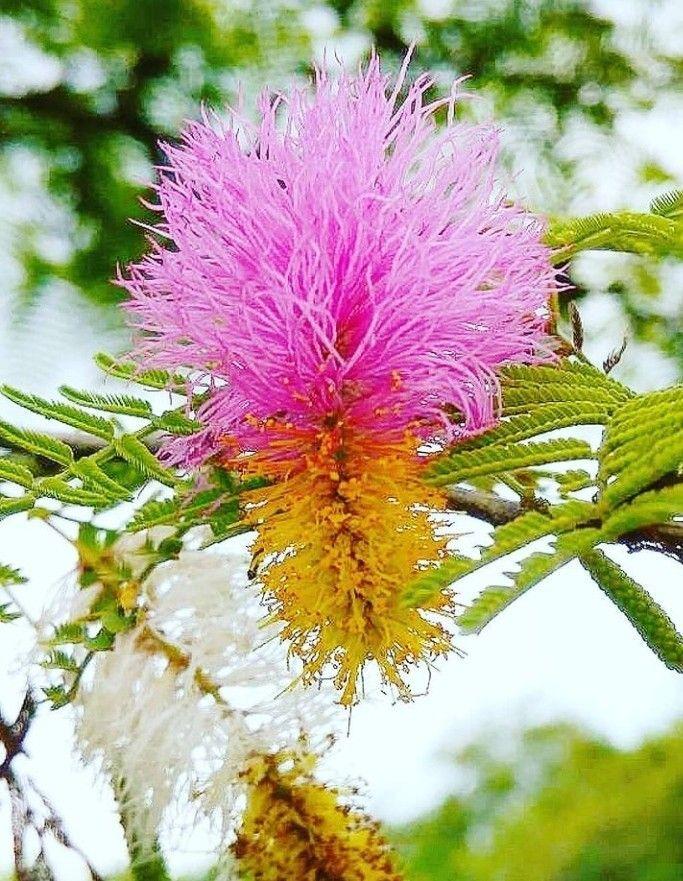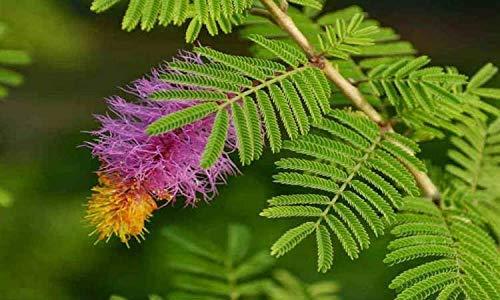



Table of Contents
- Shami Plant
- Identifying a Shami Plant
- Shami Plant and Vastu
- Growing a Shami Plant
- Taking Care of a Shami Plant
- Choosing the Right Spot for Your Shami Plant
- Religious Significance of Shami Plant
- How to Worship the Shami Plant?
- Diverse benefits of Shami Plant
- Conclusion
- Faq's
Shami Plant
The Shami Plant stands out as an exceptional choice for indoor greenery, adding a touch of natural beauty to any home. Homeowners often seek to create the most aesthetically pleasing and inviting living spaces, and incorporating green plants is a popular way to achieve this goal. Beyond their decorative appeal, indoor plants offer air purification and various health benefits. Additionally, certain plants are believed to bring good luck and prosperity, with the Shami plant being one such example.
Each plant possesses a unique character, with features such as shape, color, fragrance, fruits, and flowers being associated with different planets. Some plants even hold sacred significance. For instance, Tulsi holds a special place in Hindu homes and is revered for its spiritual and cultural importance. Much like other feng shui plants, the Shami Plant is believed to have the power to dispel negative energy from the home, contributing to a harmonious living environment.
Identifying a Shami Plant
Identifying a Shami plant, scientifically known as Acacia polyacantha Willd and locally referred to as White Kutch or Chikkur in Hindi, involves observing specific characteristics. The Shami plant is a medium-sized tree distinguished by its white-pubescent branches and whitish bark, which peels off in papery flakes, displaying darker horizontal patches. The flowers of the Shami plant are pale yellow to almost white, while its fruits are flat, featuring a triangular beak at the apex and tapering at the base into a stalk. These distinctive traits collectively help in recognizing the Shami plant.

Shami Plant and Vastu
Following Vastu Shastra, the selection and placement of plants around your home contribute significantly to its positive energy. For individuals whose horoscopes are governed by Saturn or Shani, Vastu experts recommend planting a Shami tree within the home premises. The optimal Vastu direction for placing Shami plants is towards the south. In cases where direct sunlight is unavailable, the east or northeast directions are considered suitable alternatives. Alternatively, if sunlight is not feasible, positioning the Shami plant on the right side upon leaving the house is advised.
Vastu experts also guide the auspicious timing for planting the Shami plant. During active periods of Shani Sade Sati or Dhaiya, lighting a mustard oil lamp in front of the Shami tree every Saturday at nightfall is recommended. Saturday is considered the most favorable day for planting the Shami tree. The specific location of the Shami tree within the house is crucial, as it symbolizes Shani Mahadev. Adhering to the recommendations of a Vastu expert ensures the proper planting of the Shami tree, enhancing the positive energy within your home.
Growing a Shami Plant
Growing Shami Using Cuttings
Step 1: Selecting and Harvesting Healthy Cuttings
• Identify a healthy Shami plant from which you'll take cuttings for propagation.
• Using sharp scissors or pruning shears, cut the plant's stems at a 45° angle. To ensure successful growth, aim for at least three to four stems, recognizing that not all cuttings may thrive.
Step 2: Preparing Cuttings for Planting
• Remove leaves from the sides of the stems to facilitate planting. Buried leaves during germination can impede growth, and trimming the sides encourages faster development. The top leaves need not be plucked.
Step 3: Applying Rooting Hormone
• Dip the cuttings in a rooting hormone to expedite the rooting process. If you prefer a natural alternative, create a rooting solution by combining three parts aloe vera gel with one part honey.
Step 4: Creating Potting Mix and Planting
• Prepare a potting mix by combining equal parts loamy soil, compost, and sand. Select a well-draining pot and place a dish or stones at the bottom to prevent sand drainage.
• Fill the bottom third of the container with the potting mix.
• Create holes in the mix using your fingers or another sharp object and insert the cuttings, ensuring the rooting hormone is applied to the base. Surround the cuttings with soil and water the plant thoroughly.

Growing a Shami Plant From Seeds
Step 1: Obtaining Shami Seeds
• Purchase Shami plant seeds from a local nursery or garden center, ensuring they are of good quality.
Step 2: Preparing Seeds for Planting
• Before you plant the seeds, soak them in water for 12 to 24 hours. This helps them germinate better.
Step 3: Scarifying the Seeds
• Gently scrape the outer layer or coat of the seeds without causing harm to the embryo, promoting better seedling development.
Step 4: Planting Seeds
• Fill the pot with the previously mentioned potting mix and lightly mist the soil.
• Plant the scarified seeds in the soil and provide adequate water.
Step 5: Germination Process
• Place the pot in direct and bright light to encourage germination.
By following these steps, you can successfully grow a Shami plant through either cuttings or seeds, adding a touch of natural beauty to your surroundings.
Taking Care of a Shami Plant
Sunlight Requirements
Shami plants, particularly during germination, thrive in abundant indirect light. Choose a well-lit location with partial shade for optimal growth. Ensuring a balance between light exposure and shade is crucial for the Shami plant's early development.
Temperature Considerations
For successful germination, maintain a minimum temperature range of 9-20°C. While Shami plants exhibit increased hardiness as they mature, it's important to shield them from intense sunlight during hot summers, particularly in Indian states like Madhya Pradesh, Rajasthan, and Gujarat. In such conditions, consider relocating the plants to shaded areas to prevent sun damage.
Pruning Practices
Although the Shami plant doesn't demand extensive grooming, periodic pruning can contribute to overall plant health and growth. Keep an eye out for any dry leaves or spent flowers, and promptly prune them. This not only improves the visual charm of the plant but also stimulates the development of new growth.
Watering Guidelines
During the germination phase, Shami plants require consistent moisture. Ensure the soil remains evenly moist, allowing water to reach all parts of the soil. However, as the plants mature, they become more resilient and require less water. In mature stages, rewater the plant after the topsoil has dried to maintain a healthy balance. Shami plants demonstrate a remarkable ability to withstand dry conditions, making them suitable for environments with occasional water scarcity.
Soil and Fertilization
Use a well-draining potting mix, preferably a combination of loamy soil, compost, and sand, to provide an ideal growing medium for your Shami plant. Fertilize the plant sparingly during the growing season, typically spring and summer, using a balanced fertilizer. Avoid excessive fertilization, as Shami plants generally thrive in nutrient-rich but well-drained soil.
Pest Control Measures
Regularly inspect your Shami plant for any signs of pests or diseases. Common pests may include aphids, scale insects, or mites. If detected, treat the affected areas promptly with organic or chemical solutions, as per your preference. Regular maintenance and cleanliness contribute significantly to keeping pests at bay.
Support and Training
As the Shami plant grows, providing appropriate support and training can enhance its structural integrity. Use stakes or ties to support the main stem if needed. Prune or guide branches for a more desirable shape and structure, promoting a healthier and aesthetically pleasing plant.
By adhering to these, you can ensure the well-being and thriving growth of your Shami plant, fostering a beautiful and resilient addition to your indoor or outdoor green space.
Choosing the Right Spot for Your Shami Plant
The Shami plant is believed to bring good fortune, and where you choose to plant it can enhance its positive energy. Here's a comprehensive guide on where and how to plant your Shami for the best results:
1. Indoors or Outdoors
If you prefer keeping it indoors, a pot placed near your front door is considered auspicious. The Shami plant is often seen as a symbol of luck, and having it greet you at the entrance can attract positive vibes.
2. Care for Existing Shami Plants
For those who already have a Shami plant at home, it's advisable to keep the area around it dry. This helps maintain the health and vitality of the plant.
3. Orientation Matters
When positioning the Shami plant near or at the main door, ensure it faces outward as you exit. This symbolic orientation is believed to invite positive energy into your home.
4. Rooftop Placement
If you choose to keep the Shami plant on the roof, make sure it faces south. Adequate sunlight from the south is essential for its growth. If the plant isn't receiving sufficient sunlight in that direction, consider relocating it to the east.
5. Clean and Dry Location
Plant your Shami in a spot that is clean and dry. Avoid placing it near garbage disposals or drains, as these locations may impact the plant's well-being.
6. Auspicious Rituals
Since the Shami plant is considered auspicious, it's a good practice to worship it regularly. Light a lamp near the plant and offer water as a symbolic gesture of care and reverence. This daily ritual is believed to enhance the positive energies associated with the Shami plant.
By carefully choosing where to plant your Shami and incorporating these practices, you can maximize its positive influence on your home and daily life.
Also Read: How to Select Plants For The Living Room
Religious Significance of Shami Plant
In Hindu religious traditions, two trees, the Shami and the Peepal, hold significance for mitigating the influence of Shani or Saturn. Worshiping these trees is believed to counteract the adverse effects of Shani, and planting a Shami tree around your home is considered an effective remedy. Additionally, the flowers and leaves of the Shami plant are utilized to alleviate the negative effects associated with Shani.
The Ramayana, an epic Hindu text, further underscores the importance of the Shami plant. Lord Rama, before declaring war on Lanka, sought divine blessings in the presence of a Shami tree. Similarly, during his disguise as Brihannal, Arjuna concealed his celestial Gandiva bow on a Shami tree.

Shami leaves play a role in Hindu rituals dedicated to honoring Lord Ganpati and Goddess Durga. On Navratri's tenth day, the Shami tree is venerated across India. Devotees who worship the Shami plant every Saturday light a lamp beneath it, symbolizing reverence.
In a unique practice during Dussehra, the Marathas would shoot arrows at Shami tree leaves, collecting the falling leaves in their turbans. This tradition, occurring on the tenth day, holds cultural significance. According to the Mahabharata, the Pandavas spent their thirteenth year of exile in the kingdom of Virata. Before leaving, they carefully hung their celestial arms on the branches of a Shami tree, returning a year later to find their arms safely preserved. In gratitude, they bowed to the tree, acknowledging its protective role.
The leaves of the Shami plant are also integral to worship rituals, emphasizing the belief that one should seek the plant's presence before embarking on any auspicious endeavor. The Shami plant thus stands as a revered and auspicious entity in Hindu religious practices, embodying protection, blessings, and a connection to significant mythological events.
How to Worship the Shami Plant?
These are the Daily Rituals for the Shami Plant
• Light an oil lamp with a wick under the Shami plant in your home every Saturday. This customary practice is deemed auspicious, aimed at invoking the blessings of Lord Shani, given the association of Saturdays with this deity.
• As a part of your daily worship routine, present a Shami leaf to Lord Shiva. This gesture is believed to invite auspiciousness and blessings from Lord Shiva into your life.
• Offer water to the Shami plant daily, preferably before taking a bath. This practice is deemed essential and is thought to attract prosperity and overall well-being.
• Before embarking on any significant task or opportunity, glance at the Shami plant. It is believed to bring good luck and success to your endeavors.
Benefits of Daily Worship
• Regular worship of the Shami plant is believed to yield various benefits, including alleviating pain, resolving problems, and attracting wealth into one's life.
• In the case of health issues or accidents linked to the influence of the planet Saturn (Shani), wrapping Shami plant wood in a black thread and wearing it is considered a remedial measure. This practice is believed to mitigate the negative effects of Saturn and promote overall well-being.
By incorporating these worship practices into your routine, the Shami plant becomes not only a symbol of reverence but also a source of positive energy, bringing auspiciousness and well-being into your life.
Diverse benefits of Shami Plant
Astrological and Medicinal Benefits
Similar to the Tulsi plant, the Shami plant is associated with astrological and medicinal advantages. Consumption of its fruits, leaves, roots, stems, and juice is believed to alleviate the adverse effects of Shani Dev (Saturn).
Home Planting for Prosperity
Planting a Shami tree within your home is believed to attract happiness, peace, and wealth, while concurrently acting as a protective shield against negative energies.
Medicinal Significance
In the realm of medicine, the Shami plant plays a crucial role. Recommended by Ayurveda, it is utilized to treat various ailments, including mental disorders, schizophrenia, respiratory tract infections, excessive heat, herpes, loose motions, leucorrhoea, and more.

Medicinal Applications
Different parts of the plant serve medicinal purposes. The dried, powdered bark aids in ulcer healing, while a decoction of the ground bark is used as a gargle for sore throats and toothaches. Tender leaves are employed for creating antiseptic solutions and remedies for diarrhea and dysentery. Leaf extract is utilized to eliminate intestinal parasitic worms, while pods are employed in treating urinary disorders.
Ayurvedic Balance
According to Ayurveda, incorporating the Shami plant in treatments helps balance the body's Kapha and Pitta doshas. The bark and fruit are specifically employed in dosha-related treatments.
The holistic benefits of the Shami plant make it a valuable addition not only for spiritual and astrological practices but also for promoting well-being and treating various ailments in the field of medicine.
Conclusion
To conclude, the Shami plant emerges as a multifaceted gem, contributing to the beauty, spirituality, and well-being of homes that embrace its presence. From its astrological and medicinal benefits to its religious significance deeply rooted in Hindu traditions, the Shami plant stands as a symbol of protection, blessings, and prosperity. Whether worshiped for spiritual harmony, utilized for medicinal remedies, or simply admired for its aesthetic appeal, the Shami plant weaves a rich tapestry of significance in diverse aspects of life. By understanding its care, rituals, and diverse applications, one can fully appreciate the holistic advantages that the Shami plant brings, making it a cherished and valuable companion in the realms of home and spirituality.
explore further
Latest from Contemporary ideas
More from Innovations
Resources
Dwello, for every home buyer, is a way to go from 'I feel' to 'I know', at no extra cost.




